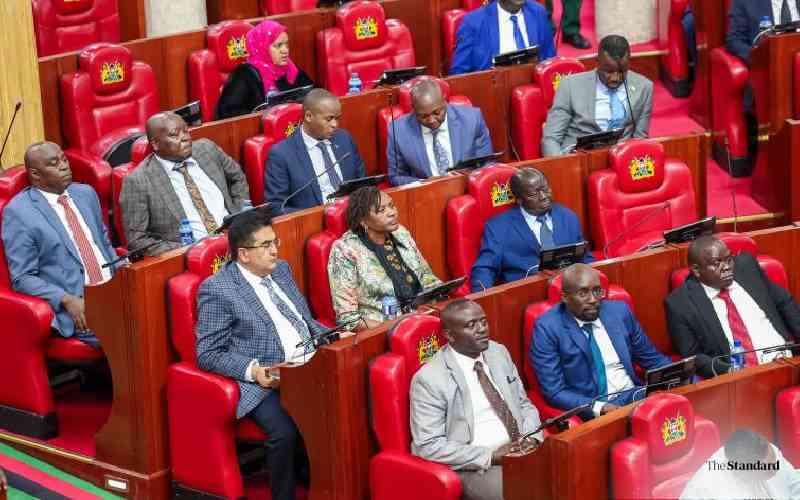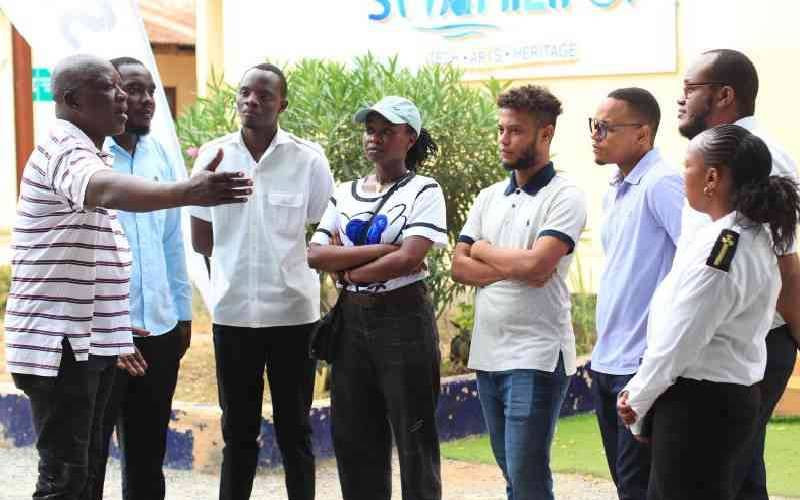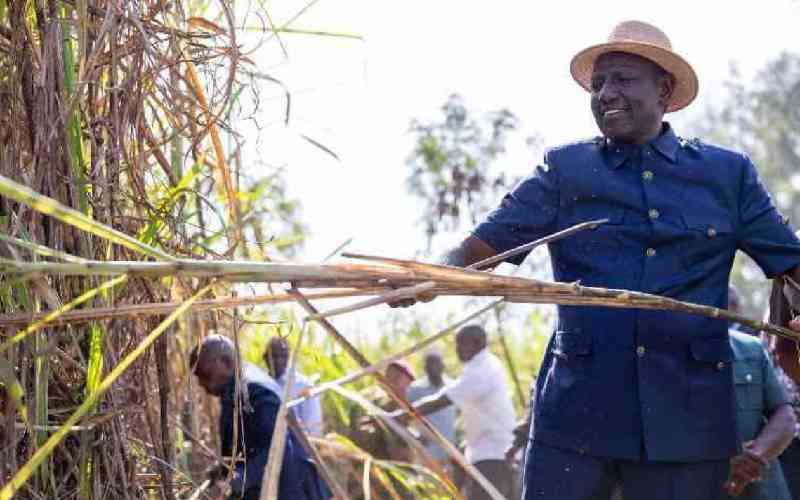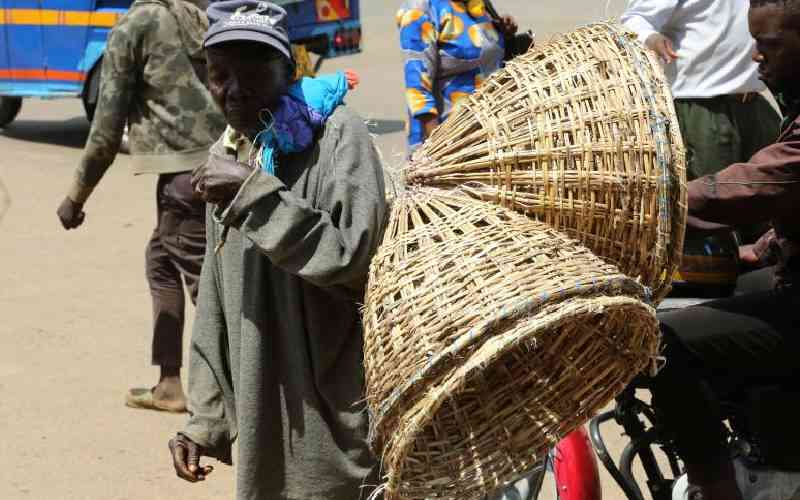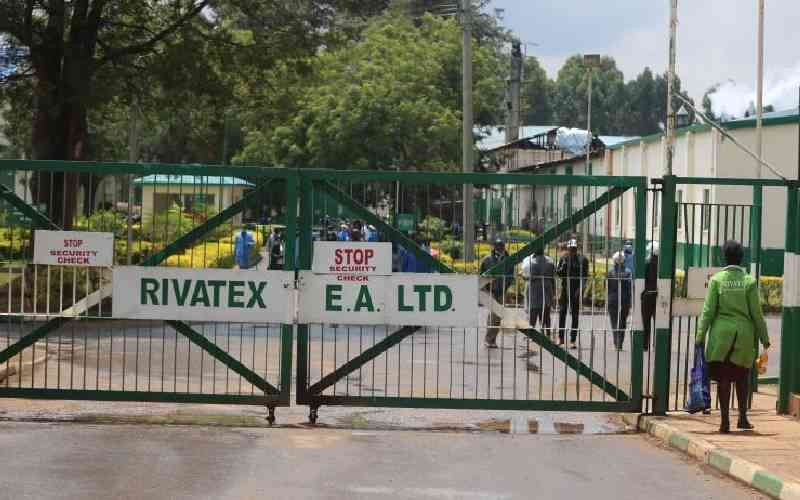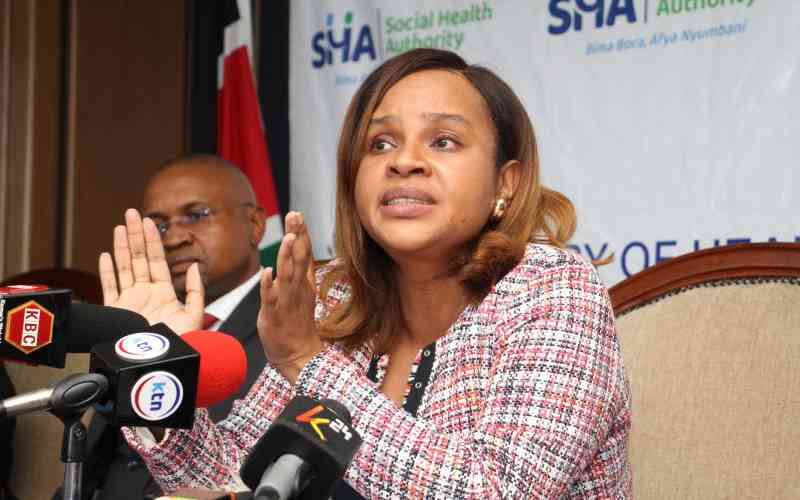
What does the government have against its children? Although the nation’s hopes and future lie in the hands of the approximately 1.2 million children born each year, a closer look at the conditions they are born and raised in reveals a bleak reality..
Reports of the death of 136 newly born babies in Kiambu about two months ago owing to doctors strike illustrates the systemic problems afflict the country.
Such reports, garnished with horror tales of mothers detained in hospitals for failing to pay medical bills owing over failure by Social Health Authority to cushion the most vulnerable in society further deepens the woes of a baby born in Kenya today.
Other deeper problems plague mothers and newly born infants.
Since January this year, Kenya faced severe shortage of Bacillus Calmette–Guérin (BCG) and polio vaccines following the delay by the government to settle Sh900 million, part of a vaccine acquisition agreement with UNICEF and Gavi, the Vaccine Alliance.
The challenge of lack of vaccines and detention of mothers in hospitals have been compounded with the infant and child mortality rate.
Statistics from Kenya Demographic and Health Survey 2022 indicate that during the five years before the survey, the neonatal mortality rate was 21 deaths per 1,000 live births, the infant mortality rate was 32 deaths per 1,000 live births, and the under five-year-olds, mortality rate was 41 deaths per 1,000 live births.
“The under-five mortality rate does not differ by place of residence (41 deaths per 1,000 live births in both rural and urban areas) for the five-year period before the survey.
Childhood mortality generally declines with increasing mother’s education level for the 10-year period before the survey.
By county, under-five mortality ranges from 15 deaths per 1,000 live births in Marsabit to 73 deaths per 1,000 live births in Migori for the 10-year period before the survey, the data revealed.
Things are no better for school-going children, who are unsure of where the ever-evolving curriculum-based education will lead them.
The transition from one stage since the new education system started in 2017 has been dogged with controversies further compounded by the training needs and gaps among the teachers.
Currently, the fate of more than 122,000 learners who sat for their Kenya Primary School Education Assessment (KPSEA) in Grade 6 is unclear after their results were not used for placement in Junior Secondary School, a move that may deal a major blow to the government’s 100 per cent transition.
At the same time, failure by over 1.2 million learners to select 5,000 out of 9,750 public senior secondary schools when they were expected to proceed to Grade 10 complicates the arithmetic as this may see the Ministry of Education force pupils to schools which are not of their choice.
In July this year, Basic Education Principal Secretary Julius Bitok announced that failure by learners to select the schools was a concern to the government as this posed logistical and planning challenges for the ministry and school administrators.
Stay informed. Subscribe to our newsletter
“We have 9,750 secondary schools around the country. And from the selection results, we have seen clearly that more than 5,000 schools didn’t get any learner selection. This is because some learners do not prefer them,” Bitok said.
Away from primary education,a 2022 Kenya Demographic and Health Survey conducted by the Kenya National Bureau of Statistics provides a glimpse of the danger awaiting the school going children as it shows a massive number of the school population.
The data indicates that while 86 per cent of children within the official primary school age range (six to 13) are attending primary school, about half of the students within the official secondary-school age range (14 to17) are attending secondary school.
“Over time, primary school attendance rates have remained high, ranging from 79 per cent in 2003 and 2008 to 86 per cent in 2014 and 2022. Secondary school attendance rates have increased dramatically in that time, from 13 per cent in 2003 to 49 per cent in 2022,” the report read in part.
According to the report, the total number of pupils enrolled in pre-primary schools increased to 2.914 million in 2024 from 2.885 million in 2023, with enrolment of boys recording a higher increase of 1.5 per cent compared to an increase of 0.5 per cent for girls during the period under review.
“Enrolment in primary and junior schools grew by 3.2 per cent to 10.733 million in 2024. Enrolment in junior school almost doubled from 1.287million in 2023, on account of the first cohort of grade 8 learners who transitioned from grade 7,” the report read.
This according to education analysts indicates that the number of children seeking education continues to surge while the government seems unprepared to invest in the infrastructure and finances to support the education.
“The government seems to be caught unawares by the surging numbers of children enrolling in education and this may shatter their dreams of completing their education,” John Kamama, education specialist added.
Young people between aged between 15 and 29 years are vulnerable to dying by suicide. Among the common drivers of suicide include romantic relationships, difficulty in transitioning to adulthood, the fragile search for identity, depression, anxiety and crushing economic strains.
For many, the weight is made heavier by unemployment, social pressure, or the burden of providing for family members or caring for terminally ill relatives. However, stigma, silence from families and religious institutions, and low awareness lock many in isolation, leaving them vulnerable.
“The major challenge is that we are chasing time. You feel that you are not accomplished in life because, you have gone to school, got a degree but you don’t have a job,” said Brenda Alwanyi, a youth leader.
This revelation emerged during a forum on suicide hosted by Aga Khan University’s Brain and Mind Institute, in collaboration with the Science for Africa Foundation
“Suicide is not just a health problem; it is a societal issue. When young people are silenced by stigma or denied access to affordable care, we all fail,” said Prof Zul Merali, founding director of the Brain and Mind Institute.
Additional reporting by Jacinta Mutura
While the High Court declared Section 266 of the Penal Code that criminalises suicide unconstitutional, the participants called on the National Assembly to repeal the provision to ensure people access quality medical care and suppress stigma.
“The decriminalisation of suicide was a turning point. We are working to strengthen policies, expand community-based services, and ensure that timely support reaches every young person in need,” said Dr Catherine Wanjiku, Director, Mental Health Division at the Ministry of Health
According to a report by Federation of Kenyan Employers, although the overall unemployment in Kenya is at 12.7 per cent, youth (15 to 34 year olds), who form 35 per cent of the Kenyan population, have the highest unemployment rate of 67 per cent.
The situation gets worse every year because more than one million young people enter into the labour market without any skills, some having either dropped out of school or completed school and not enrolled in any college.
The Economic Survey 2025 indicates that there was a slowdown in the number of new jobs created in the informal sector from 720,000 in 2023 to 703,000 jobs in 2024
The desperation caused by the shrinking jobs has driven hordes of graduates and school leavers into the hands of crooked agents and traffickers.
In one of his many attempts to address this, President William Ruto announced partnership with the World Bank, and rolled out the Sh5 billion National Youth Opportunities Towards Advancement (Nyota) Project, which will support 100,000 youth. Seventy beneficiaries identified from each of the country’s 1,450 wards will get Sh50,000 grant to kick start their entrepreneurial journey.
According to Ruto, the Nyota Project, alongside others like affordable housing, labour mobility, and digital jobs, is creating thousands of opportunities and empowering young Kenyans to drive innovation, enterprise, and sustainable development.
But despite the government’s commitment to securing jobs for the youths, some of the applicants who applied for jobs through the government-approved agencies are unhappy with the stringent requirements. An applicant requires a national identity card which expires in ten years to be renewed at a cost of Sh1,000, certificate of good conduct at Sh1,050, Credit Reference Bureau at Sh2,200, Higher Education Loans Board clearance Certificate and Kenya Revenue Authority tax compliance Certificate.

